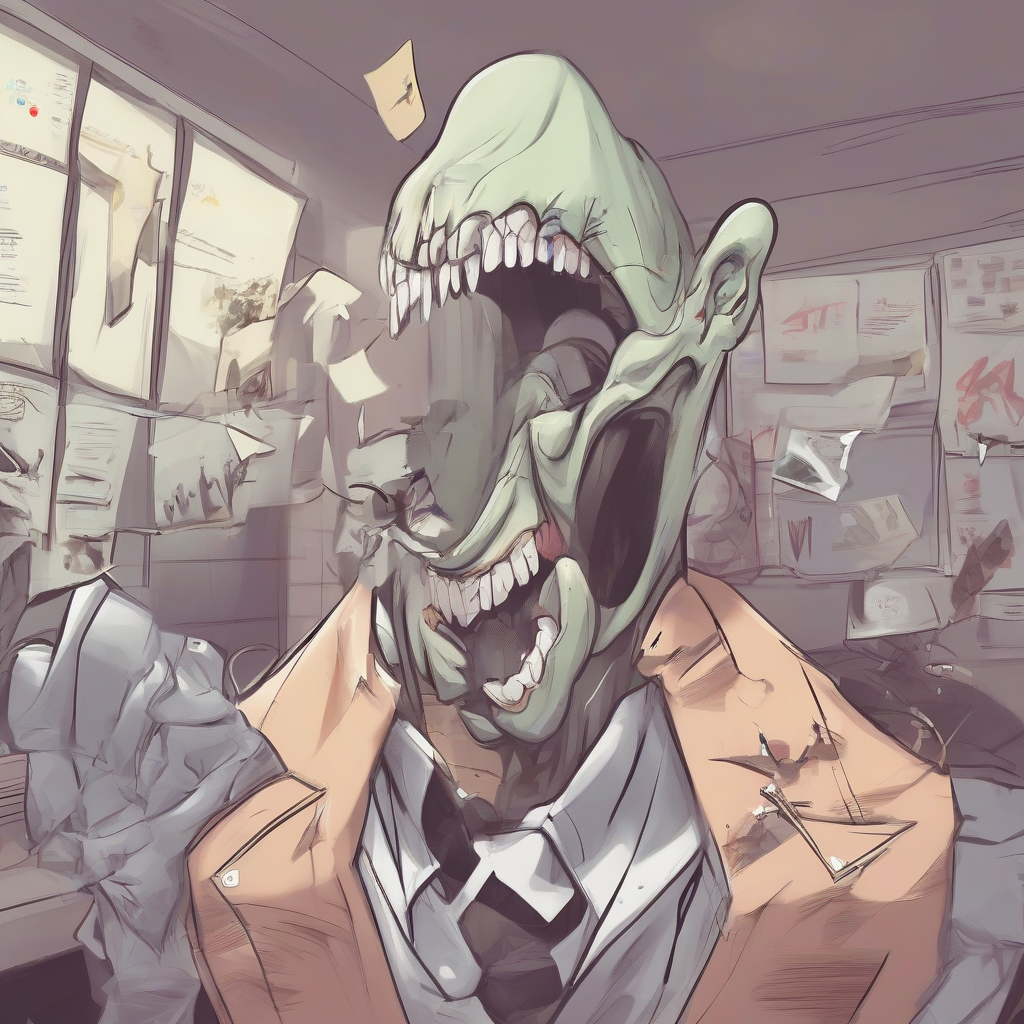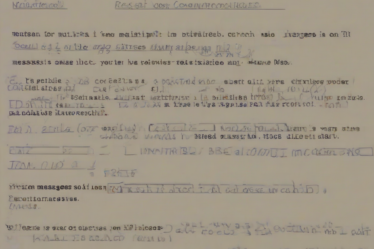
The Day My Back Tooth Met Its Untimely End (And What Happened Next)
It started innocently enough. A slight twinge, a little sensitivity to cold. I dismissed it, as one does with the minor aches and pains that life occasionally throws our way. I’m not one for rushing to the dentist; a healthy dose of denial is my usual approach to such matters. But this time, denial wouldn’t be enough. This time, my back tooth decided to stage a dramatic exit.
It happened during a particularly satisfying crunch of a perfectly roasted carrot. One moment, the carrot was yielding to my molars; the next, a sharp, unexpected pain shot through my jaw. I spat out a mouthful of carrot and… something else. A sizable chunk of my tooth lay there, innocently amidst the orange shreds. My back tooth had, quite literally, broken off.
Panic wasn’t immediate. There was a strange sort of disbelief, a detached observation of the situation. My reflection in the spoon showed a jagged, uneven edge where a perfectly good molar should have been. The gap was surprisingly large, and a shiver of cold air sent another jolt of pain through the exposed nerve.
The initial shock gave way to a cascade of thoughts and worries. The pain, while manageable for now, was a constant, nagging reminder of the damage. Then there was the aesthetic aspect. My smile, once a source of quiet confidence, now felt incomplete, somehow flawed. But beyond the cosmetic concerns, the practical implications loomed large. Chewing became a delicate operation, requiring careful selection of foods and a conscious effort to avoid putting pressure on the affected area.
The next few days were a blurry mix of discomfort and anxiety. The sensitivity to temperature intensified, and even breathing could sometimes trigger a sharp sting. Over-the-counter pain relievers offered some respite, but the underlying issue remained unresolved. I knew I couldn’t postpone a visit to the dentist any longer.
The Dreadful Wait and the Subsequent Appointment
Scheduling the appointment felt like a monumental task. Each ringing phone felt like a prelude to doom, the waiting room a sterile purgatory. Every other patient’s quiet whimpers fueled my apprehension. I envisioned the worst-case scenarios: root canals, extractions, extensive dental work, and the exorbitant costs associated with it all.
Finally, the day arrived. I arrived early, armed with my arsenal of distractions: a book, my phone, and a desperate prayer for a swift and painless procedure. The dentist, thankfully, turned out to be kind and reassuring. She examined the damage, explained the various options, and answered my nervous questions with patience and professionalism.
The diagnosis wasn’t ideal. A significant portion of the tooth had fractured, leaving the remaining structure compromised. A filling wouldn’t suffice; a crown was necessary to restore the tooth’s function and integrity. The process, she explained, would involve multiple visits.
- Temporary filling: First, a temporary filling was placed to protect the exposed nerve and provide immediate pain relief.
- Preparation: The next visit involved preparing the remaining tooth structure for the crown by carefully reshaping it to receive the crown.
- Impression: A detailed impression of the prepared tooth was taken to create a custom-fit crown in a dental laboratory.
- Temporary Crown: A temporary crown was fitted to protect the tooth during the waiting period while the permanent crown was fabricated.
- Permanent Crown Placement: Finally, the permanent crown was cemented into place, restoring the tooth’s appearance and function.
The Aftermath and Lessons Learned
The entire process stretched over several weeks, a period marked by a mix of relief, discomfort, and a growing appreciation for dental hygiene. Each appointment brought me closer to a fully restored smile, but also highlighted the importance of preventative care. The experience, while unpleasant, served as a harsh yet effective lesson.
Beyond the immediate physical discomfort, the broken tooth forced me to confront my own negligence. Years of less-than-ideal dental habits had contributed to the problem. It was a wake-up call, a reminder of the importance of regular dental checkups, meticulous brushing, and flossing. I’ve since adopted a much more proactive approach to my oral health, and I am determined to avoid repeating the experience.
The financial aspect was also a significant consideration. Dental work, particularly procedures involving crowns, can be expensive. It served as a reminder to prioritize dental insurance and to be mindful of the long-term costs of neglecting oral health.
Looking back, the whole ordeal was a painful, costly, and ultimately humbling experience. It’s a reminder that even seemingly insignificant aches and pains should not be ignored. Early detection and proactive care are crucial in preventing more serious and costly dental problems. My broken back tooth serves as a stark reminder – a testament to the importance of appreciating what we have, especially the seemingly insignificant things, until they’re gone. It’s also a reminder to never underestimate the power of a well-placed carrot.
The experience has fundamentally changed my approach to dental hygiene. My twice-daily brushing is now more thorough, my flossing is more consistent, and my six-monthly dental check-ups are now considered essential appointments rather than something I can easily reschedule. My smile may have gone through a temporary phase of imperfection, but it’s now stronger and more appreciated than ever before.
The experience of a broken back tooth wasn’t just about the physical pain or the financial burden. It was a learning experience, a poignant reminder of the importance of taking care of ourselves, of paying attention to our bodies’ signals, and of appreciating the seemingly insignificant until it is gone.


